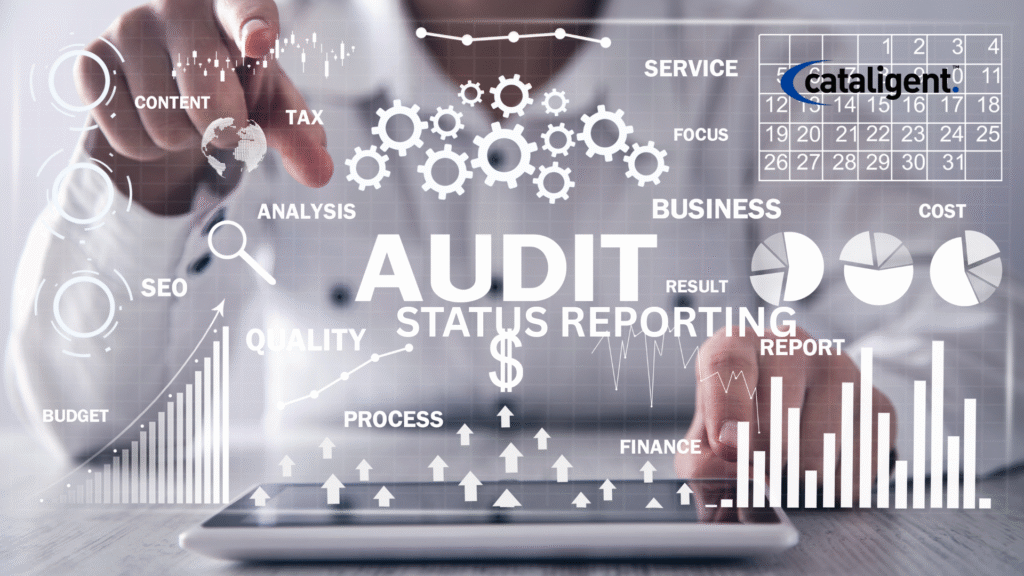Risk Management & Preventive Measures vs Reactive Problem Solving

What is Risk Management & Preventive Measures? Risk management is the systematic process of identifying, evaluating, and mitigating potential threats to an organization’s operations, finances, reputation, or strategic objectives. Preventive measures are proactive actions and strategies designed to reduce the likelihood of risks occurring or minimize their potential impact. Unlike reactive problem-solving, which addresses issues […]
Using Real-Time Financial Tracking & Variance Analysis Tools
What is Real-Time Financial Tracking & Variance Analysis? Real-time financial tracking involves continuously monitoring organizational expenses, revenues, and budget adherence using automated systems. Variance analysis is the process of comparing actual financial performance against planned budgets, identifying deviations, and understanding their causes. Together, these tools provide organizations with accurate, up-to-date insights into their financial health […]
Implementing Access Control & Resource Constraints to Curb Unnecessary Spending

What is Access Control & Resource Constraints? Access control and resource constraints are systematic approaches to regulating the use of organizational resources and limiting access to sensitive systems, materials, or financial approvals. These mechanisms ensure that only authorized personnel can perform specific actions or utilize critical resources, while simultaneously controlling the volume and scope of […]
Use of Timecard & Time Tracking to Measure Productivity & Eliminate Idle Time
What is Timecard and Time Tracking for Productivity? Timecard and time tracking systems are comprehensive tools used to monitor employee work hours, task progress, and productivity patterns. These systems capture granular data on how employees allocate their time across projects, departments, and specific tasks, providing actionable insights into workforce efficiency. By analyzing this information, organizations […]
Audit & Status Reporting for Identifying Cost Overruns

What is Audit & Status Reporting for Cost Control? Audit and status reporting is a structured, continuous approach to tracking, reviewing, and analyzing financial and operational activities to identify potential cost overruns, inefficiencies, and misalignments with budgets. Through frequent audits, organizations examine project expenditures, departmental spending, and operational workflows to ensure that all financial activities […]
Implementing Lean Management Practices for Operational Efficiency and Cost Savings

Introduction:Operational inefficiencies, redundant processes, and waste are major obstacles to profitability. Lean management practices provide a structured and systematic approach to streamline workflows, cut unnecessary costs, and enhance productivity. By focusing on value creation, waste elimination, and continuous improvement, organizations can achieve significant cost savings while maintaining quality and ensuring customer satisfaction. Lean is not […]
